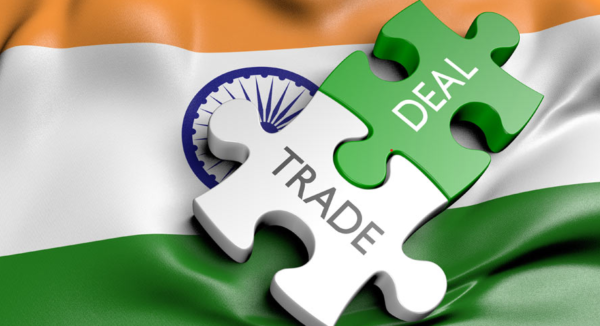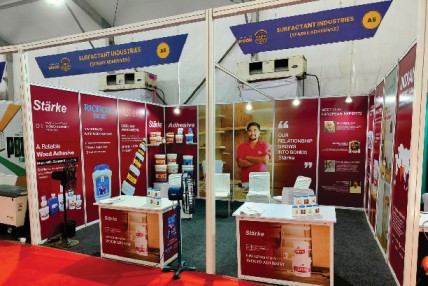
India has opportunities in global trade
- November 28, 2023
- 0
To enhance manufacturing competitiveness and facilitate trade flow, India should take the following steps, such as:
1. Reevaluate benefits from manufacturing schemes. New schemes often provide better incentives but come with implementation costs, companies who do not adapt changes shut down.
2. Free trade agreements should be signed only when they align with India’s economic interests. India’s trade with the Indo-Pacific economy includes additional standards from the WTO, which may not be in India’s favor.
3. Streamline domestic laws before committing to any international commitments in digital commerce, labor, environment, agriculture, and tariffs.
4. Respond robustly to inappropriate climate-related tariffs by the European Union, as India did when the United States imposed tariffs on Indian steel and aluminum imports in March 2018.
5. Reduce import duties, particularly on goods that use imported raw materials. Lower tariffs reduce the cost of manufacturing and boost exports, especially benefiting small units. While high tariffs can be maintained on some products under the Make in India program, there should be a cut in import duties to enhance export prospects for the general small manufacturing sector.
6. Establish a National Trade Network (NTN) to simplify export compliance. This integrated perspective will eliminate the need for exporters to engage separately with customs, the Directorate General of Foreign Trade, shipping companies, ports, and banks. Simplifying the process through NTN will not only save time and money but also enable small industries to become exporters.
7. Tackle energy imports. Estimated energy import bills could exceed $100 billion by December 2026. India needs to reduce this dependence by reevaluating its domestic energy infrastructure, especially for crude oil.
8. Address non-tariff barriers to boost India’s export performance. Many Indian products face excessive scrutiny or are rejected due to these barriers, especially those related to product quality.
The changing landscape of global trade demands policy shifts and strategic steps. Just as the United States and the European Union prioritize local production and economic stability, India is on the cusp of a new phase of manufacturing.
As India grapples with these challenges and seizes opportunities, it must proactively secure its interests and adapt to the emerging global trade order.






























































